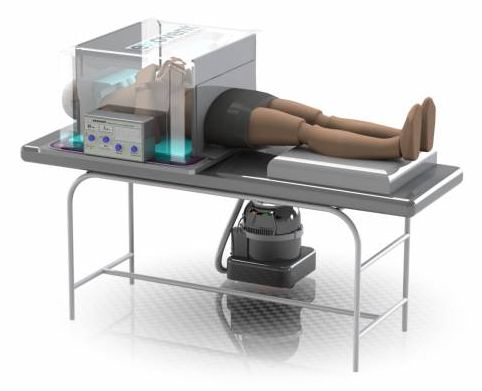British engineers are developing a modern version of the Negative Pressure Ventilator (NPV), more popularly known as the “iron lung,” to provide COVID-19 patients under the care of the NHS with a simple, inexpensive alternative to ventilators.
One of the resources that is in critically short supply for treating COVID-19 patients in need of respiratory support is ventilators. They help to support breathing in people whose lungs have been heavily affected by the virus, but these machines face a number of problems.
The most obvious difficulty is that ventilators are in short supply across the world as health authorities scramble to secure enough to meet the current and estimated demand as the pandemic spreads. They are also complex, expensive, require monitoring by trained personnel, and are dangerous to use on even healthy people because they require the patient to be intubated and sedated, and sometimes even paralyzed.









